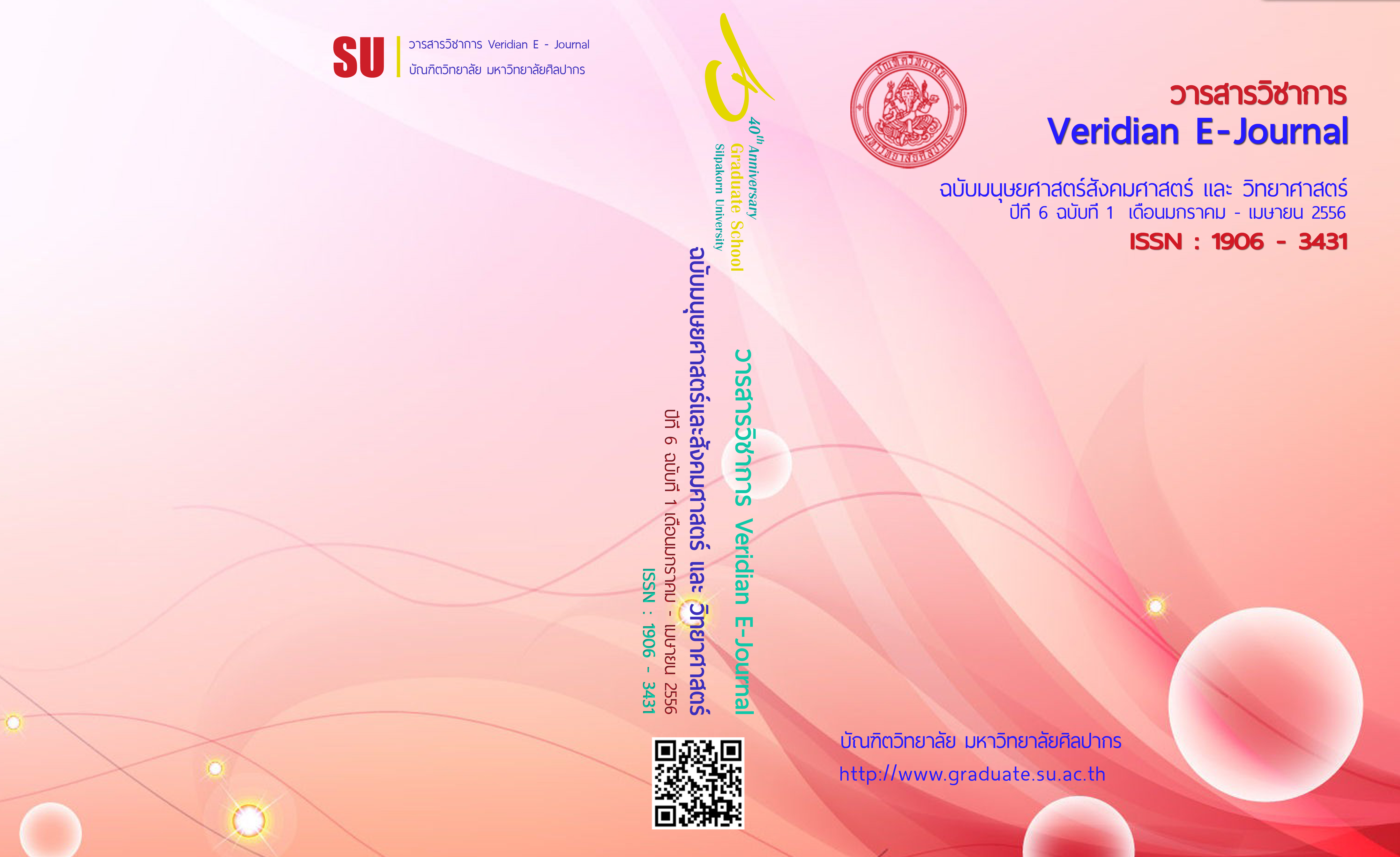Femininity in Lanna Architecture : An Interpretative Essay
Main Article Content
Abstract
Gender, one of the key postmodern concepts, refers to unequal power relations between women and men, and its essence in femininity and masculinity, which is embedded in an everyday life but tends to be socially taken for granted especially femininity. All man-made creations including architecture have gender orientation. This dissertation is an interpretative essay which aims to understand femininity in Thai and Lanna contexts and to explore it within the process of social construction through Lanna architecture and space. Three case studies of the northern region with outstandingly feminine evidences of the manifestation of femininity have been selected: Baan Nong Doo-Bo Kaw, Wat Koo Kood and the Phra Nang Chama Thevi monument. They are mainly approached through documentation, on site observation and in-depth interview to assess their significance and value in the first step. Discourse analysis and semiology concept have been adopted to explore how femininity has been constructed through Lanna architecture and space in the final step. The dissertation reveals that femininity has been represented as mother/wife, benefactress and heroine, which link three kinds of building: a house, a temple and a monument through socio-cultural, spiritual and political space. Femininity through Lanna architecture has been displayed in a stereotyped way : women are ignorant, inferior and ambiguity-laden. This does not differed from the display of women through other cultural materials. However, there is need for an alternative concept to redefine femininity’s place in valued cultural assets.

